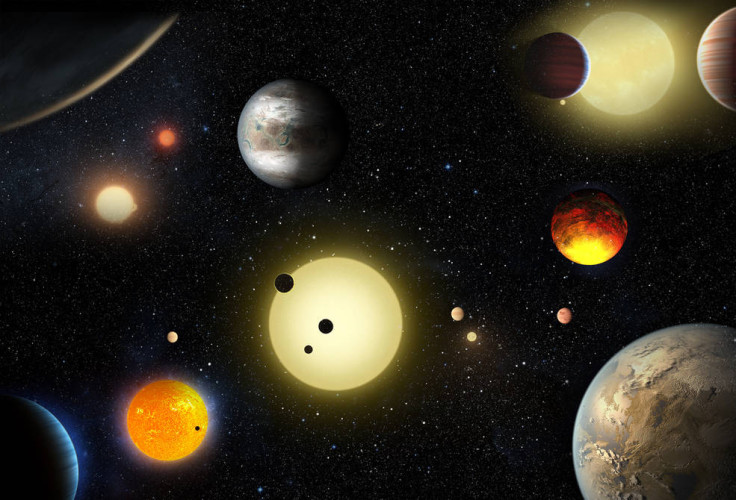Nasa verifies 1,284 planets including nine that 'might sustain life'

Nasa has discovered nine possible Earth-like planets which could potentially sustain life during its single largest finding of planets to date. The Kepler telescope detected 4,302 bodies, out of which 1,284 candidates have a 99% chance of being a planet. The space agency also focused on planets located in a 'sweet spot' or planets that were not too close to a star that water would be scorched away, but not so far from an energy source that water would only exist as ice.
Ellen Stofan, chief scientist at NASA Headquarters in Washington said: "This gives us hope that somewhere out there, around a star much like ours, we can eventually discover another Earth."
Almost 550 of the newly confirmed planets could be rocky planets like Earth, based on their size. Nine of these orbit in their sun's habitable zone, the distance from a star where orbiting planets can have surface temperatures that allow liquid water to pool.
With the addition of the new findings, 21 exoplanets are now known to belong to this exclusive group.
In a statement issued by Nasa, Kepler mission scientist, Natalie Batalha, said: "They say not to count our chickens before they're hatched, but that's exactly what these results allow us to do based on probabilities that each egg (candidate) will hatch into a chick (bona fide planet).
"This work will help Kepler reach its full potential by yielding a deeper understanding of the number of stars that harbor potentially habitable, Earth-size planets, a number that's needed to design future missions to search for habitable environments and living worlds."
Kepler captures decreases in brightness that occur when planets pass in front of, or transit, their stars, much like the recent 9 May Mercury transit of our sun.
In a press conference on Tuesday, 10 May, Batalha said there could be more than 10 billion potentially habitable planets in the Milky Way. "If you ask yourself 'where is the next habitable planet likely to be', it's within about 11 light-years, which is very close," she said.
© Copyright IBTimes 2025. All rights reserved.






















